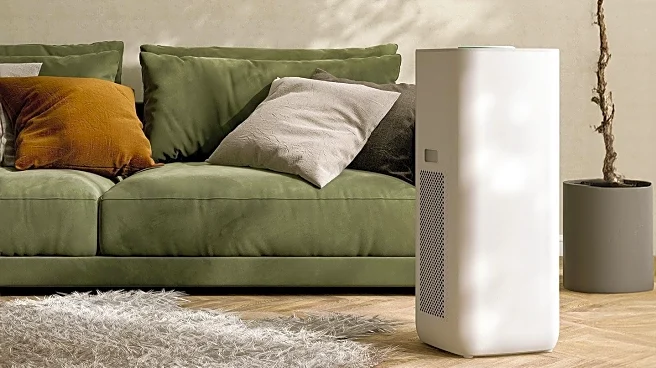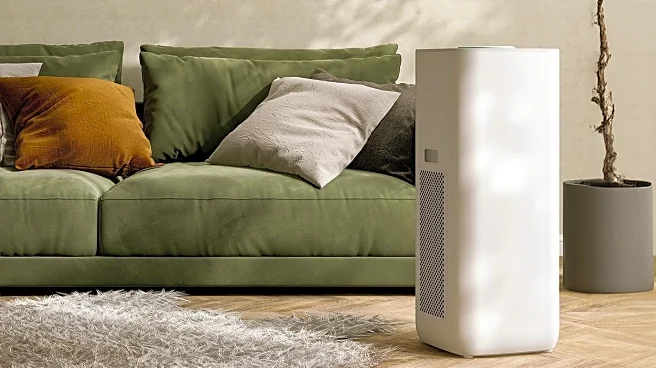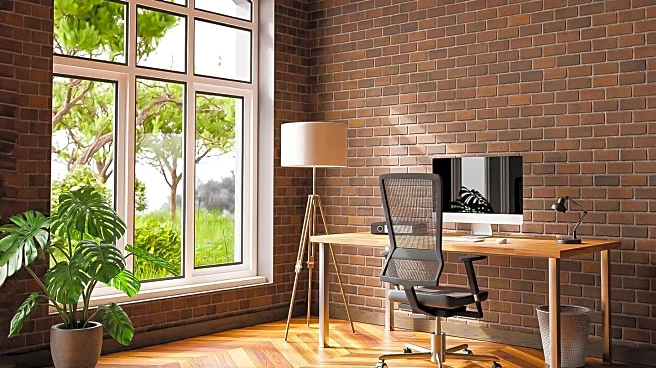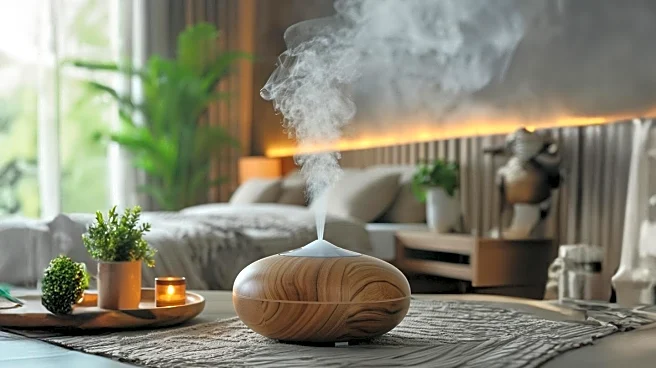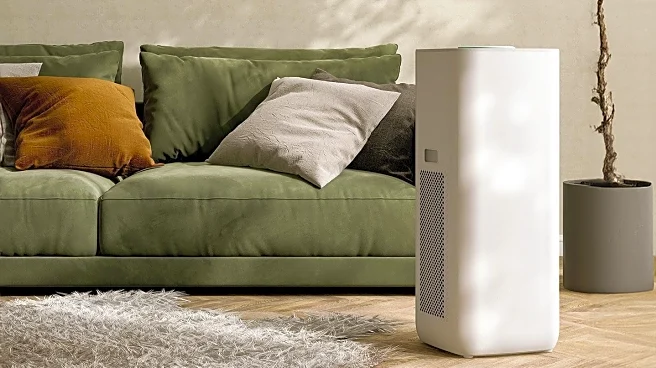What's Happening?
Indoor air quality is a growing concern, with various sources contributing to pollution within homes. Experts highlight that cooking, HVAC systems, cleaning supplies, wet appliances, candles, and air fresheners are significant contributors to poor air quality. These elements can lead to health issues such as headaches, allergies, and respiratory problems. Solutions include using induction cooking, maintaining HVAC systems, opting for low-VOC cleaning products, and employing air purifiers.
Why It's Important?
Understanding the sources of indoor air pollution is crucial for improving health outcomes and quality of life. As people spend more time indoors, especially in energy-efficient buildings, addressing these hidden pollutants becomes essential. Improved air quality can lead to reduced healthcare costs and enhanced productivity, making it a priority for homeowners and policymakers alike.
What's Next?
Homeowners and building managers may increasingly adopt technologies and practices that improve indoor air quality. This could lead to a rise in demand for air purifiers, induction stoves, and HVAC maintenance services. Public awareness campaigns and regulatory measures might also emerge to address indoor air pollution more effectively.
